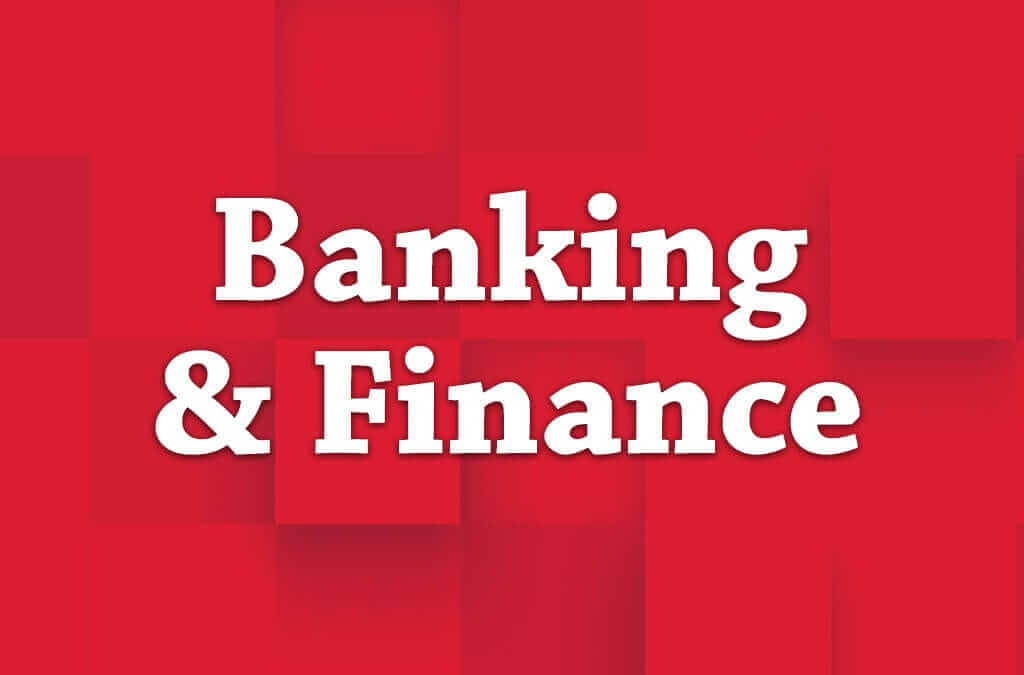Few things are as important to a small business as the prices of the products and services. With the right numbers, sales and customers could start to increase – and finding that sweet spot should be one of your primary goals.
However, a lot can go wrong when pricing products and services at a small business. Some companies may come in too low, increasing sales but slashing profits at the same time. Or, it could be the other way around, where the price is too high and nobody is buying. Thankfully for all entrepreneurs, there are several effective methods to figure out the perfect price for each product and service.
In order to do just that, here are a few financial tips and tricks:
Use customers to gain an advantage
While a small business owner should consider a lot of factors when pricing, the customers can actually be of immense value during this process. For your company, you may want to see what they have to say about your wares.
For example, Inc. magazine explained that customers must understand the true worth of your products and services. If they know the real value, they'll be more willing to spend money at your store. As a result, you can put a tag on each product and rest easy knowing that it will sell. If customers view your goods differently than you do, it may be time to revamp your marketing strategy. Otherwise, you'll never have prices – and sales – that make you happy.
Look at all the other costs
A lot goes into running a small business, and your financial plan must be up to the task of controlling all of these costs. In fact, this behind-the-scenes data can be a fantastic ally on your quest for accurate pricing.
According to the U.S. Small Business Administration, you need to understand the total cost of producing and selling each product. This directly factors into pricing, and if it is off you may be losing money. Therefore, take note of material costs, labor – including salaries and benefits – and overhead costs, like taxes and rent. This way, you'll be able to judge exactly what you are spending to get that product onto store shelves, and can then price accordingly.

